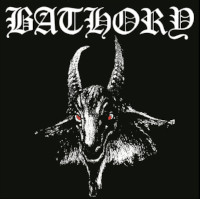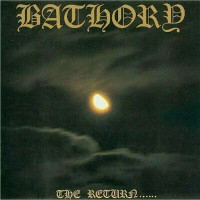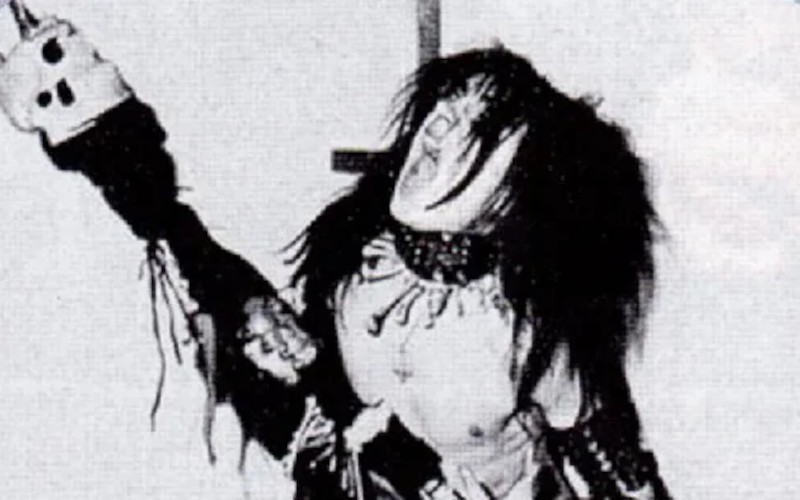Bathory is one of the most influential and important bands in the history of black metal. Their early to mid peroid work is definitely a favourite of mine. The band itself, founded in the early 1980s by Thomas Börje Forsberg, better known as Quorthon, the band played a crucial role in shaping the raw, aggressive sound that would define the genre. The fact that Bathory was essentially a one man project makes the history of this band even more amazing.
Formation and Early Years (1983-1984)
Bathory was formed in Stockholm, Sweden, in 1983. Quorthon, the band’s sole constant member, was just 17 years old when he decided to create a project inspired by bands like Motörhead, Venom, and Black Sabbath. The name “Bathory” was inspired by Elizabeth Báthory, the infamous Hungarian noblewoman associated with gruesome legends of vampirism.
The band’s early lineup was unstable, with various musicians coming and going. However, Quorthon quickly took control, establishing Bathory as a one-man project. The band’s raw and primitive sound was a stark contrast to the more polished heavy metal of the time.
Scandinavian Metal Attack
In 1984, Bathory got its first significant exposure by contributing two tracks—“Sacrifice” and “The Return of Darkness and Evil”—to the compilation album Scandinavian Metal Attack. The songs stood out for their harsh, lo-fi production and aggressive style, catching the attention of the underground metal community.
The positive response to these tracks convinced Quorthon to record a full-length album, leading to the birth of Bathory’s self-titled debut, which of course we’ve reviewed in more detail below.
Debut Album: Bathory (1984)
Bathory’s self-titled debut album was recorded in just a few hours at Heavenshore Studio, a makeshift recording space. Released in October 1984, the album featured raw as hell production, eerie atmosphere, and satanic-themed lyrics—elements that would become hallmarks of black metal.
Songs like “Hades,” “Reaper,” and “Necromansy” showcased a sound that was darker and more aggressive than most of its contemporaries. The album’s infamous goat cover became an iconic image in black metal history. I personally think the fact that venom had used a similar cover and now Bathory utilising the goats head image also served to form an an image for black metal releases from this point in.

|
 > > |
Defining the Sound: The Return…… (1985)
Bathory’s second album, The Return……, released in 1985, took the band’s sound to an even more extreme level. The Sound was clearer, the playing and execution improved in bouns with heavier distortion, faster tempos, and a darker atmosphere, the album solidified Bathory’s place as one of the earliest black metal acts that could now take a stab at more than just the underground audiences.
Tracks like “Total Destruction” and “Born for Burning” pushed the boundaries of extreme metal, inspiring the second wave of black metal bands such as Mayhem and Darkthrone.
Conclusion: The Legacy Begins
By the mid-1980s, Bathory had laid the foundation for what would become black metal. With its lo-fi production, satanic themes, and aggressive sound, the band influenced an entire generation of musicians. Quorthon’s vision and dedication to pushing musical boundaries ensured that Bathory’s legacy would endure for decades.
For more great articles on Heavy Metal be sure to keep coming back to Metalhed.com on a regular basis!
